Two Big Fitness Marketing Mistakes Post Pandemic
If you make either of these two big fitness marketing mistakes post-pandemic, it will cost you. You’re going to make them totally unintentionally. I mean of course, right? Why would anyone intentionally make a marketing mistake?
Beyond that, though you may think that yes, you’ve got these two bases covered and realize after reading this and listening to my podcast on the topic, no you don’t.
One way you know is you’re attracting the wrong kind of people.
Another way is you’re not getting any engagement on your social or your content marketing.
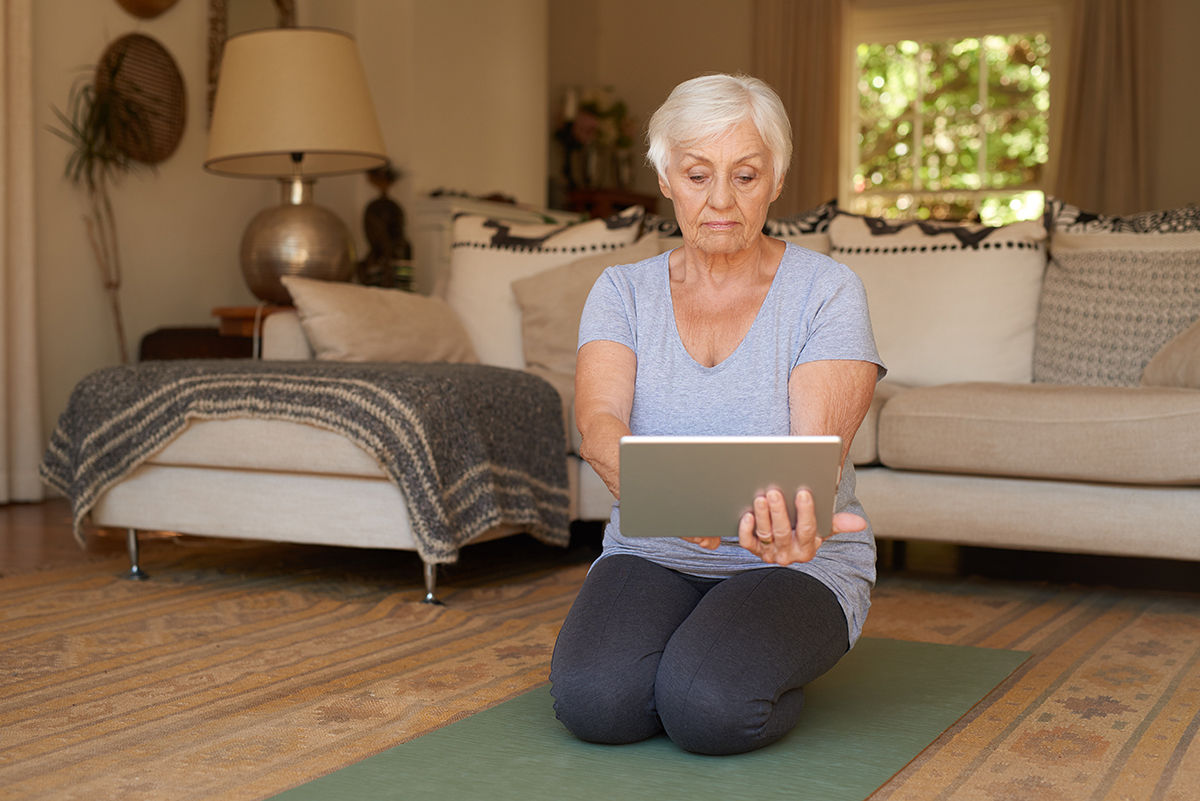
If you confuse, you lose.
- What are you sharing in your social media posts?
- Do people understand what you do, why you do it?
- Are you establishing yourself as a go-to authority in the area where you want people to find you for programs, products, and services?
Analyze:
- The name of your social media profile
- The posts you create (one by one because that’s how they see them)
- The way you’ve positioned yourself
And then apply this to the following to avoid the two biggest fitness marketing mistakes
Big Fitness Marketing Mistake #1: No Specific Audience
The other day I reviewed a business website and social media platforms as part of a social media audit. It was hard to know who the ideal customer was and if I couldn’t tell as a fitness marketer looking for it, how could anyone?
Just because you’re focused on a certain age and gender (demographic), it doesn’t mean that everyone in that demographic wants the same thing.
First, there’s your niche. Are you about food, exercise, mindset, hormones, weight loss? What is your specific niche?
But that’s not even enough.
Here’s an example
Take women in menopause. Many are married, but an almost equal number are single. Are you talking about dating? About traveling alone? Or about family vacations? About drinking wines and trips to Napa? Some (I’m one) wouldn’t enjoy that at all because they rarely, and then barely, drink.
Some women have a conservative view of menopause, what’s happening and possible, while others are thinking about doing triathlons after retirement. Who are you talking to?
Women in perimenopause are more likely to have kids at home full-time jobs, and a unique set of problems, compared to women just post-menopause. There’s a subset of women in post-menopause who did have children later… so who are you talking to? Define it very specifically. And realize, they need to feel “like you.” If your images, videos and copy doesn’t resonate with who they are or want to be, you miss the opportunity to help women looking for you.
Find out the #2 biggest fitness marketing mistake and listen to Debra’s podcast on this topic… visit Debra’s blog, Fitness Marketing Mastery
Debra Atkinson is the #youstillgotitgirl who is flipping 50 and changing the way thousands of women think about their second half. She’s the host of the Flipping 50 TV Show and the Flipping 50 podcast. As a master personal trainer, strength and wellness coach with over 30 years fitness industry experience, she works with women who are pro-aging with vitality and energy. She serves on the MedFit Education Foundation Advisory Board, is an international fitness presenter, and author of hundreds of articles and multiple books. Visit her website, flippingfifty.com

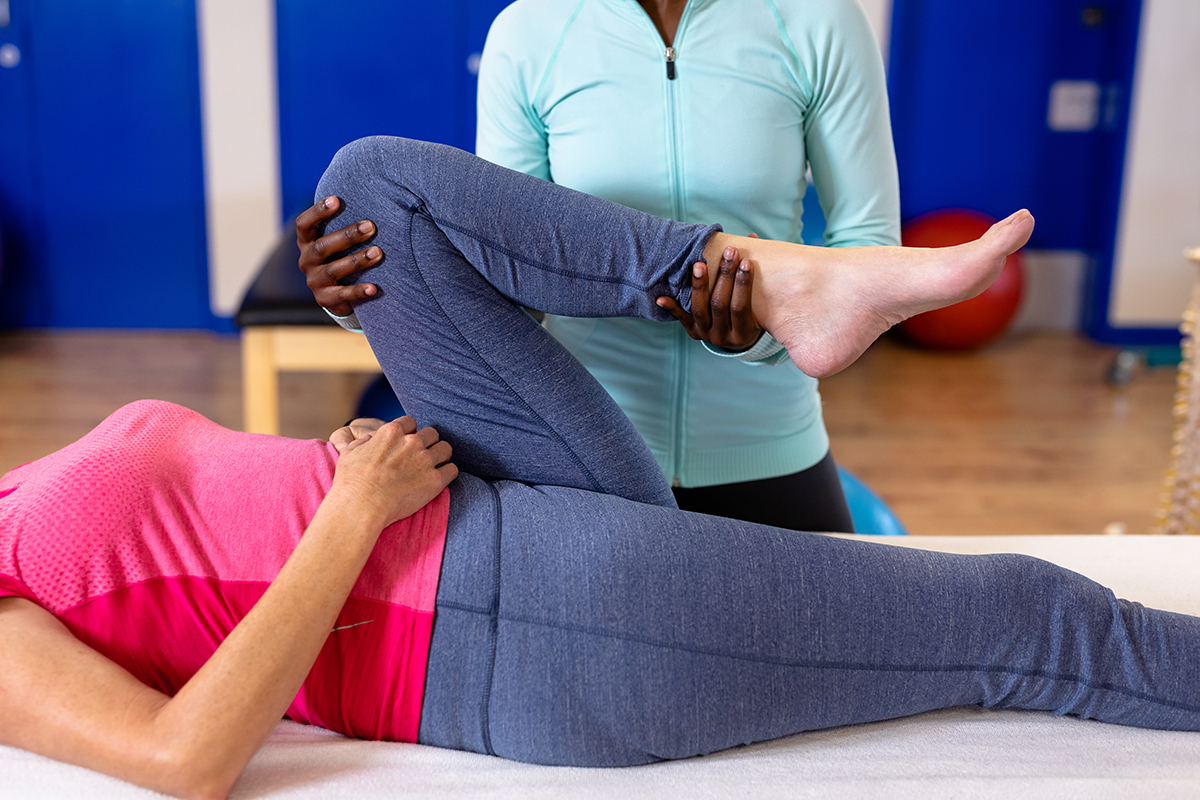
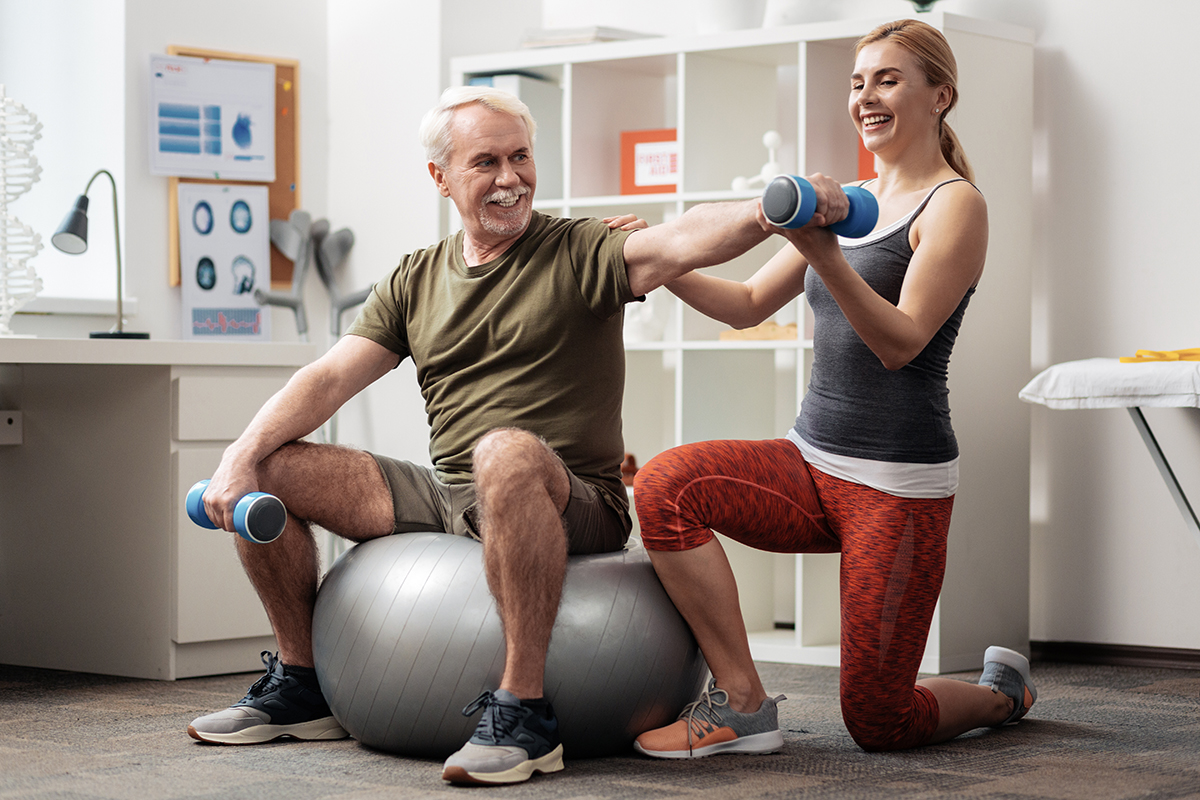

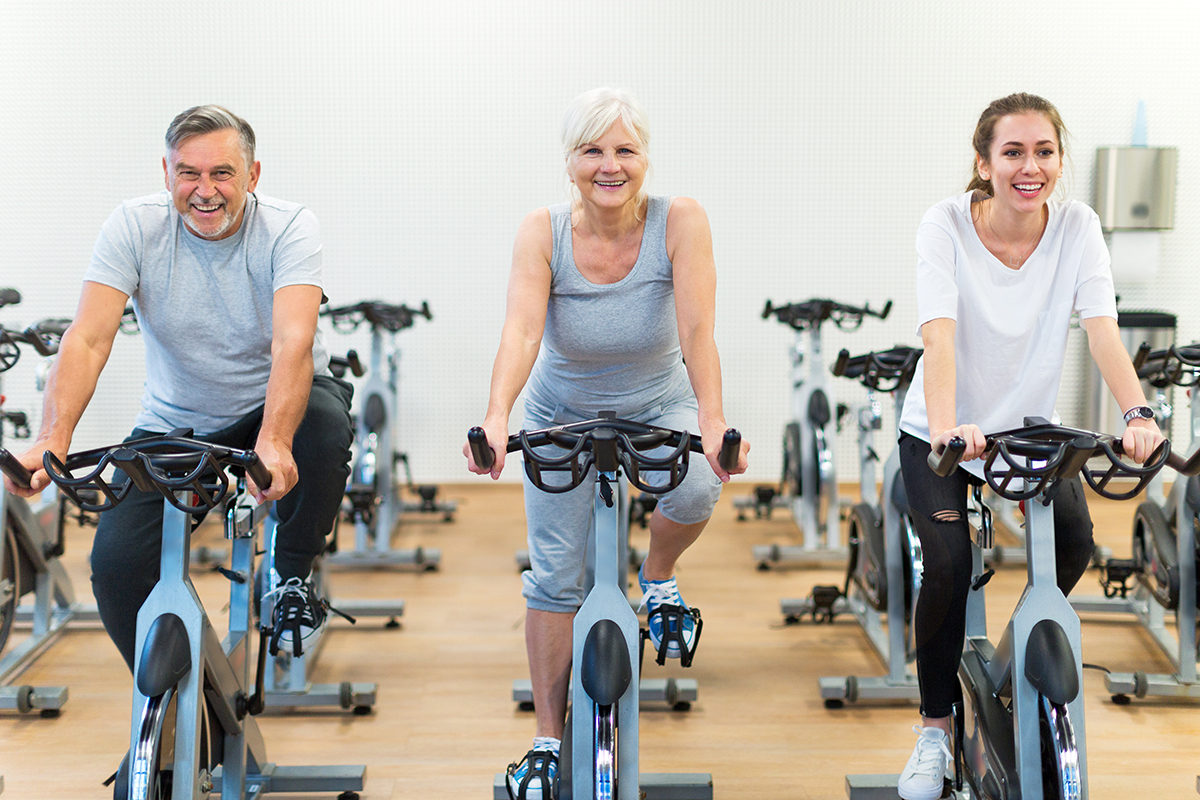
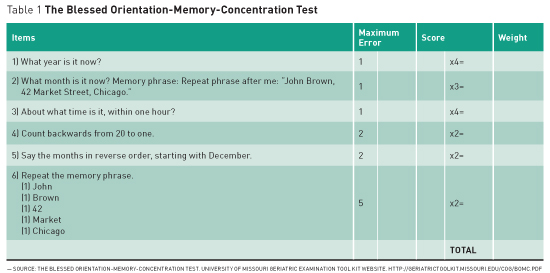


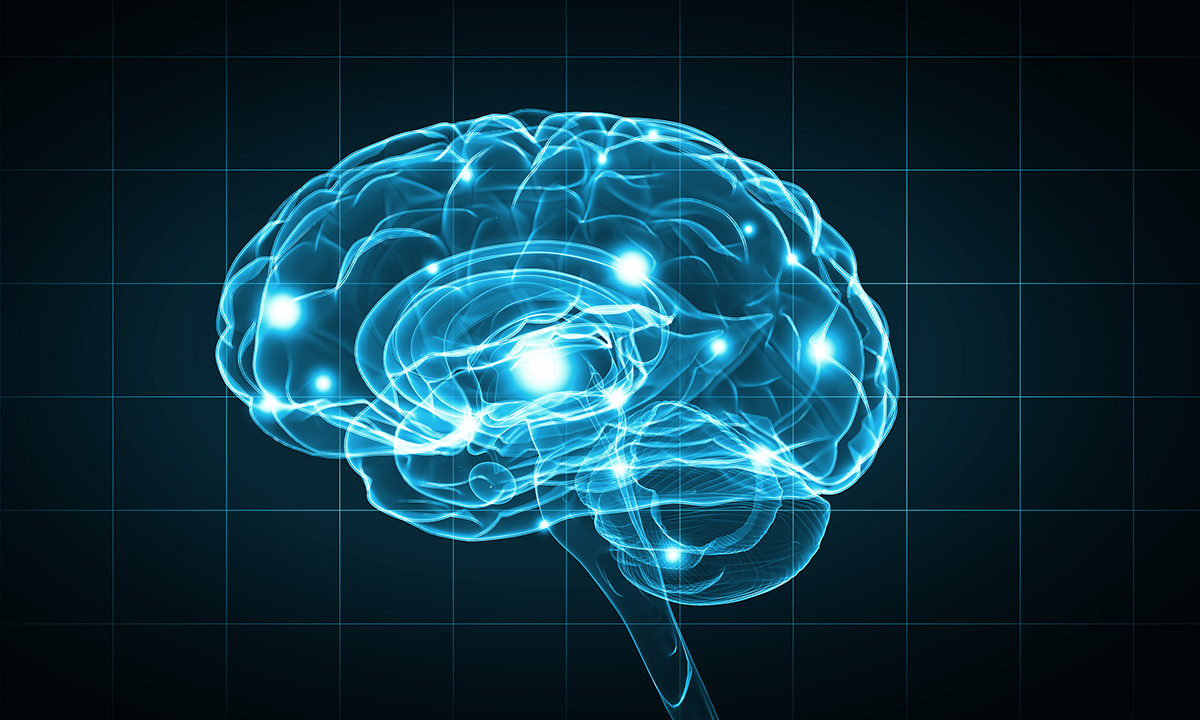

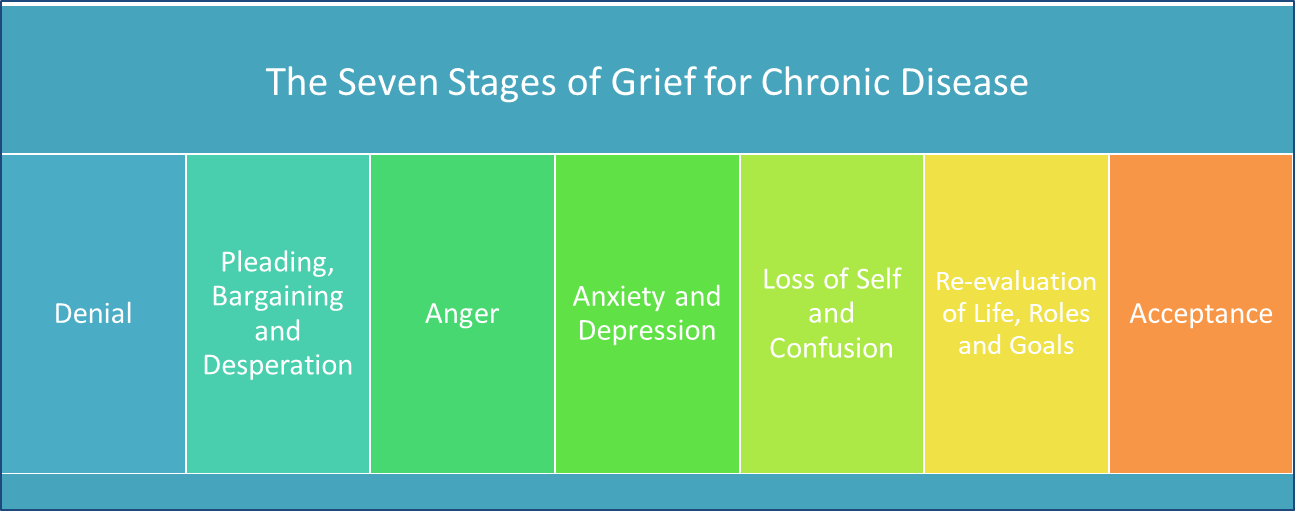
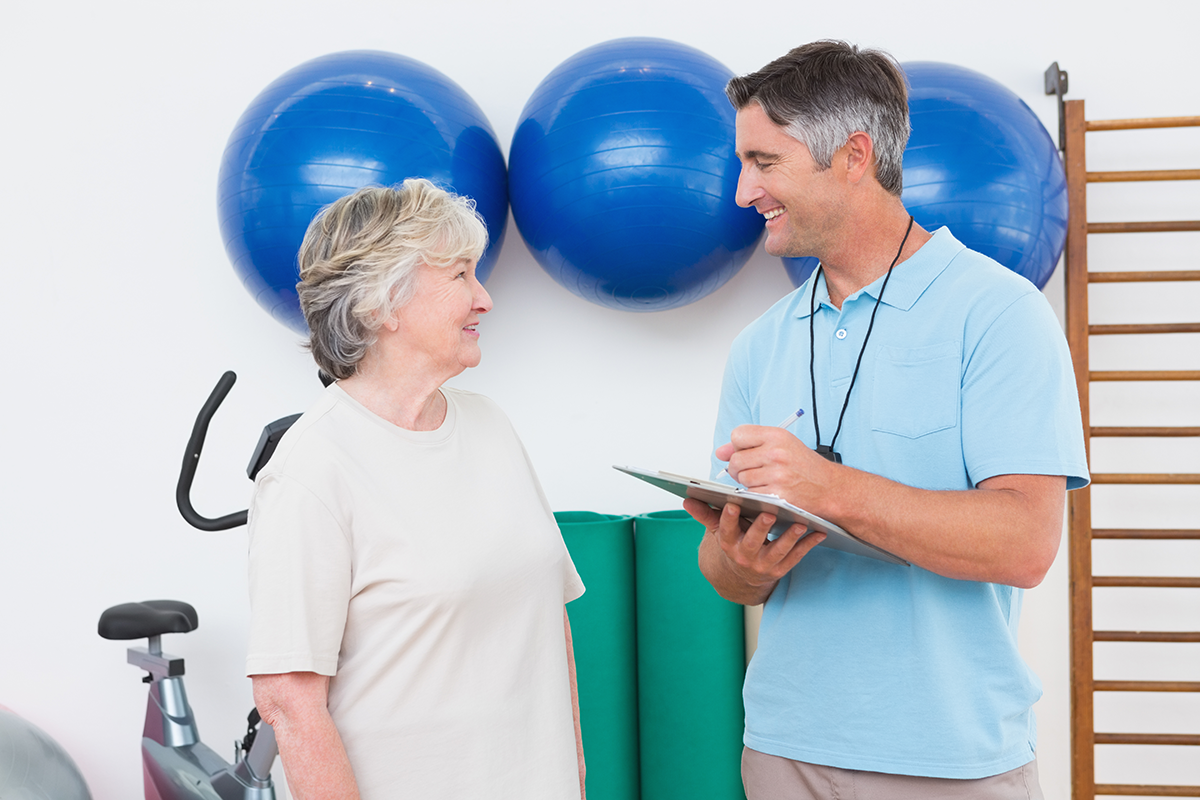
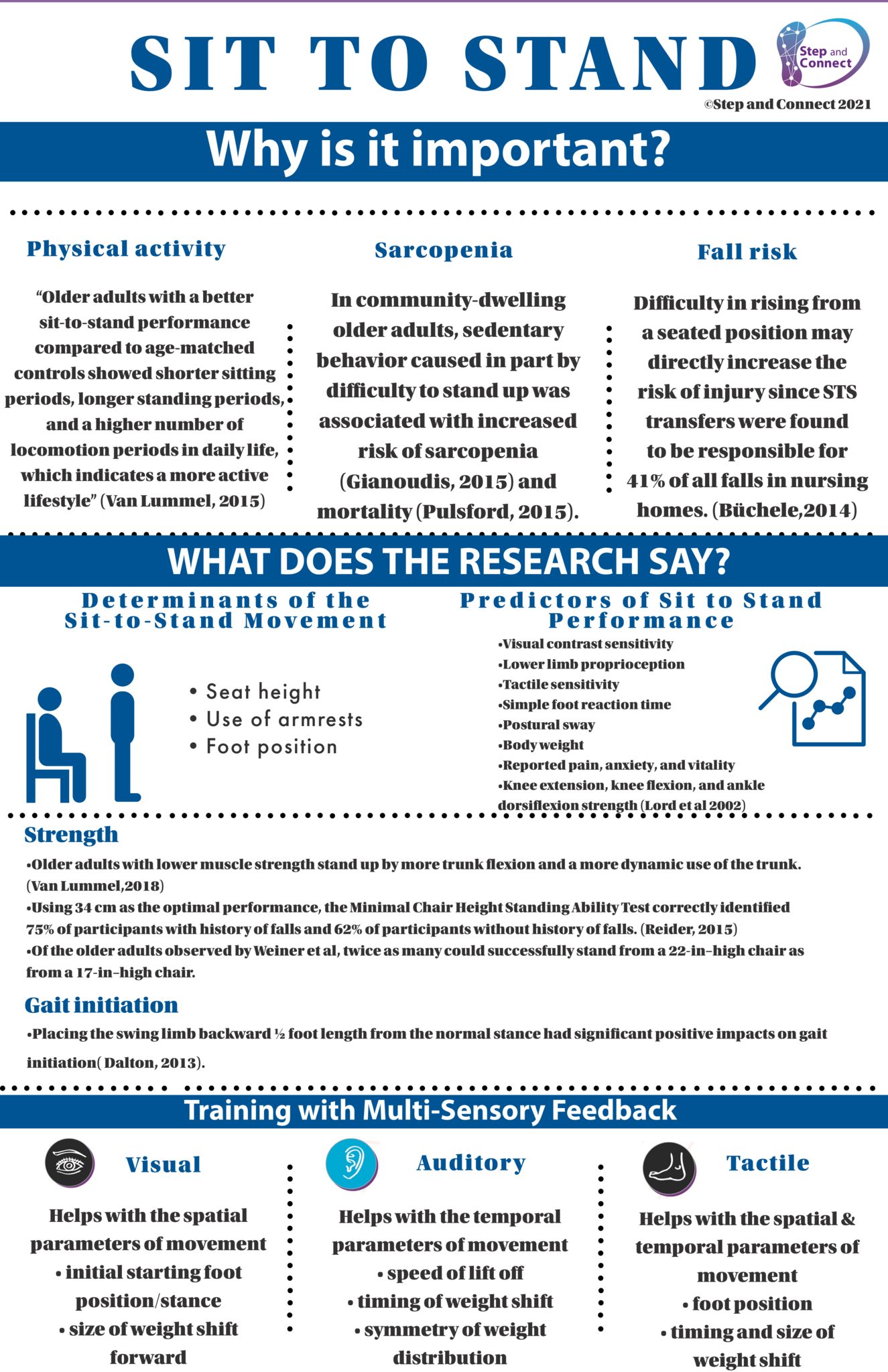

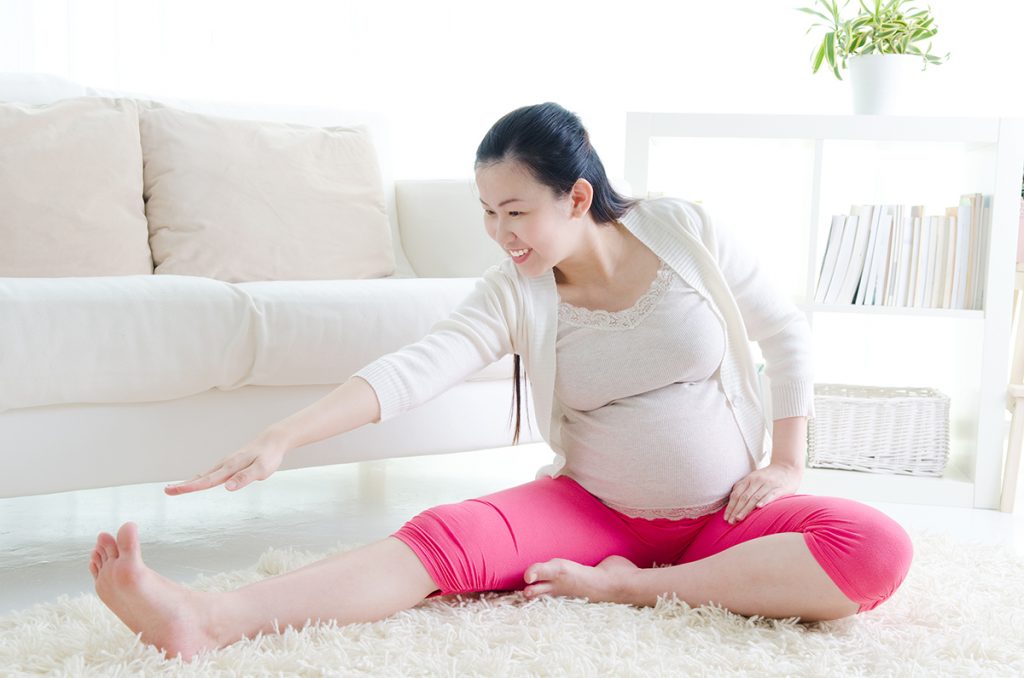 Although exercise is a positive addition to a healthy pregnancy, there are established guidelines that help ensure that a woman’s exercise program is safe and effective. First and foremost, it is important for a pregnant woman to consult with her healthcare provider before starting any exercise program. She should bring a list of questions regarding her exercise program and provide an overview of what type, intensity, frequency, and duration of exercise she would like to do. This enables her healthcare provider to accurately assess whether the fitness program is appropriate for her pregnancy.
Although exercise is a positive addition to a healthy pregnancy, there are established guidelines that help ensure that a woman’s exercise program is safe and effective. First and foremost, it is important for a pregnant woman to consult with her healthcare provider before starting any exercise program. She should bring a list of questions regarding her exercise program and provide an overview of what type, intensity, frequency, and duration of exercise she would like to do. This enables her healthcare provider to accurately assess whether the fitness program is appropriate for her pregnancy.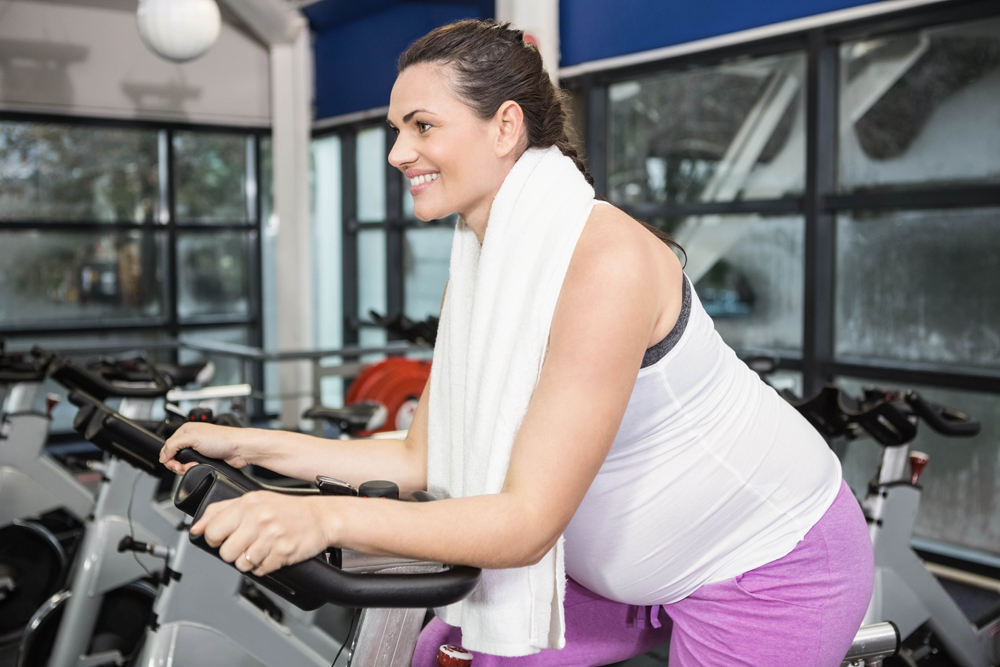 Self-assessment is one of the best ways for a pregnant woman to monitor her exercise program and assure herself that her activity level is safe. A pregnant woman should review the following questions several times each month and follow up with her healthcare provider if she experiences any problems.
Self-assessment is one of the best ways for a pregnant woman to monitor her exercise program and assure herself that her activity level is safe. A pregnant woman should review the following questions several times each month and follow up with her healthcare provider if she experiences any problems.